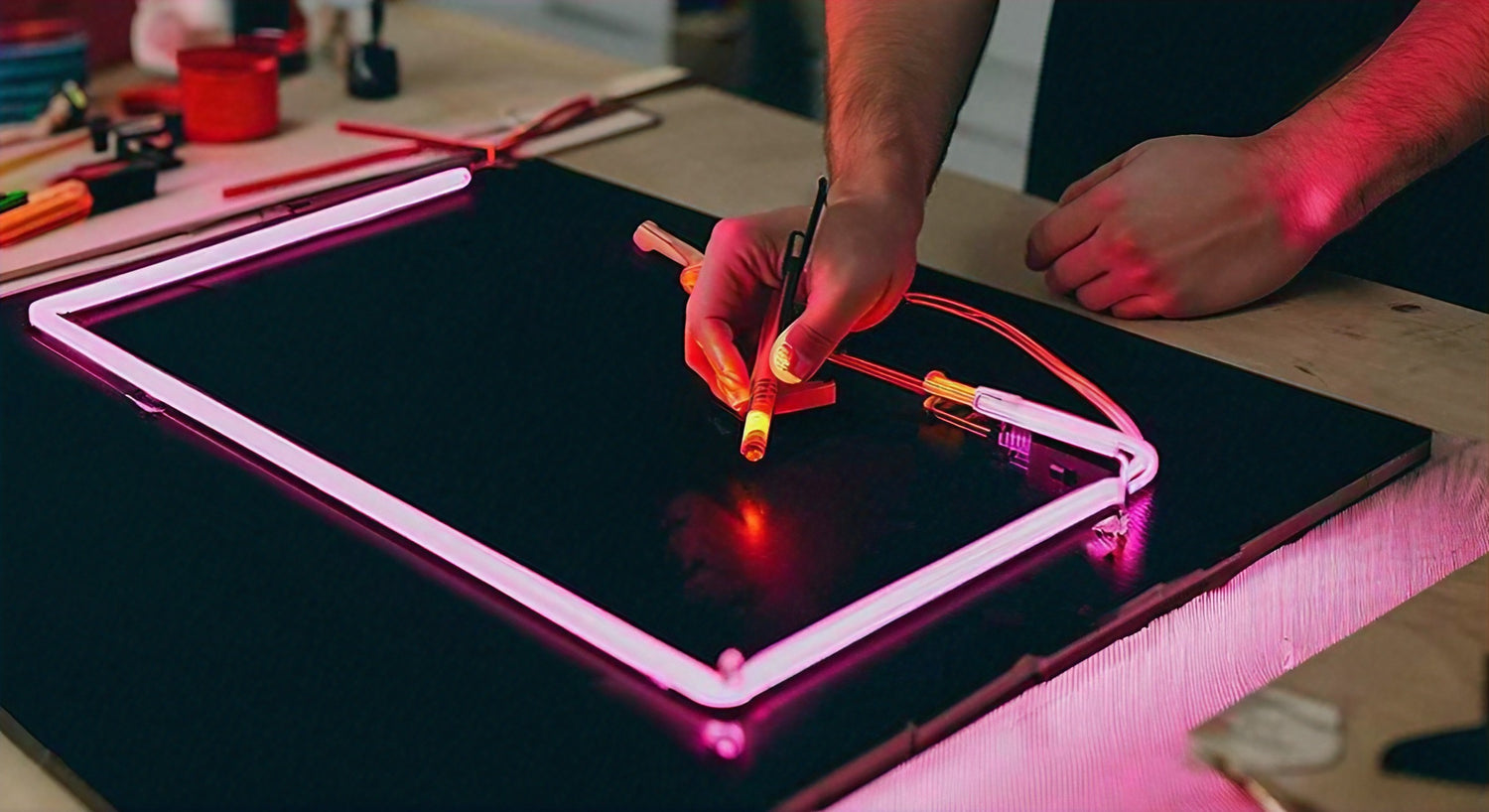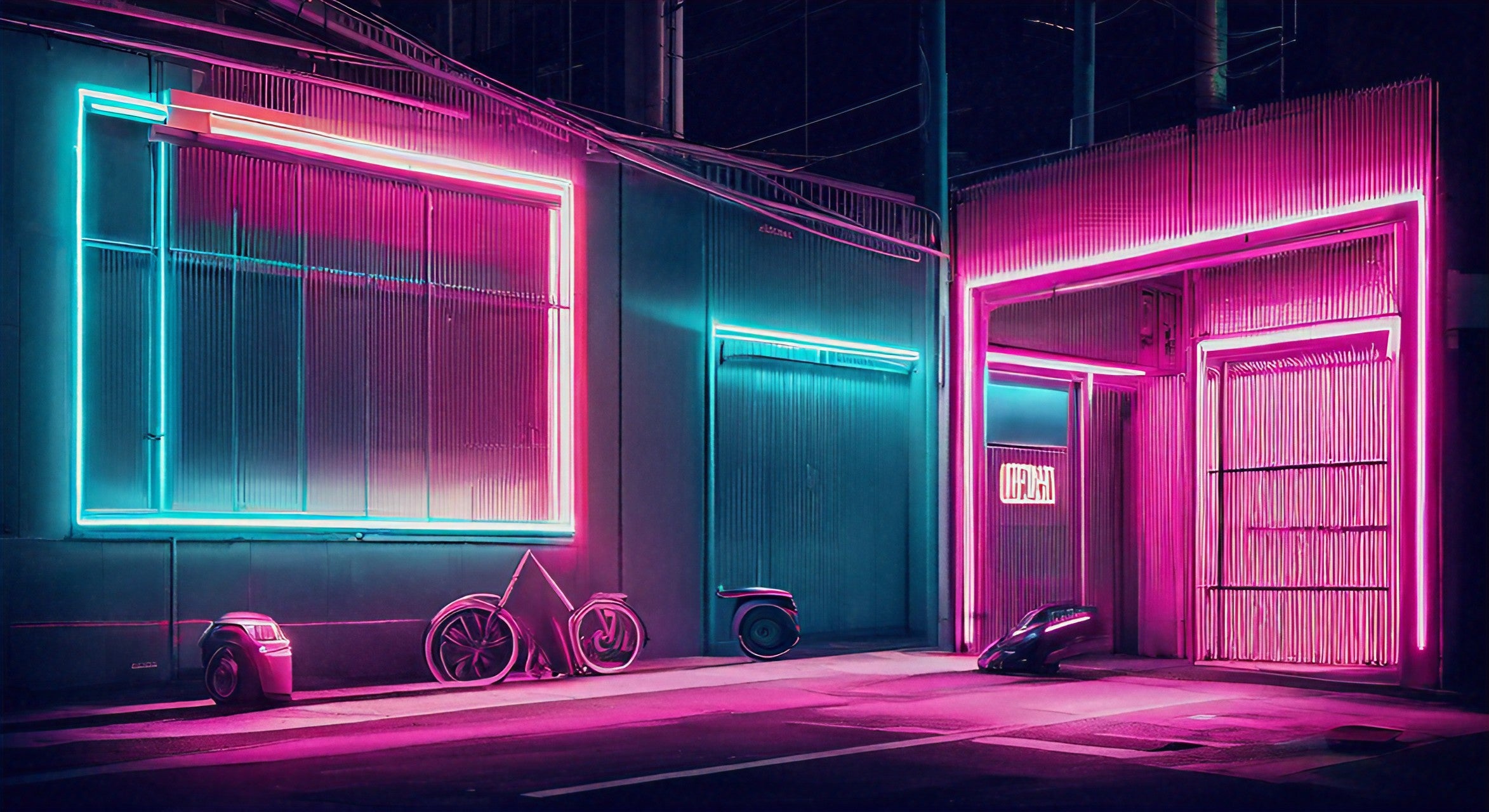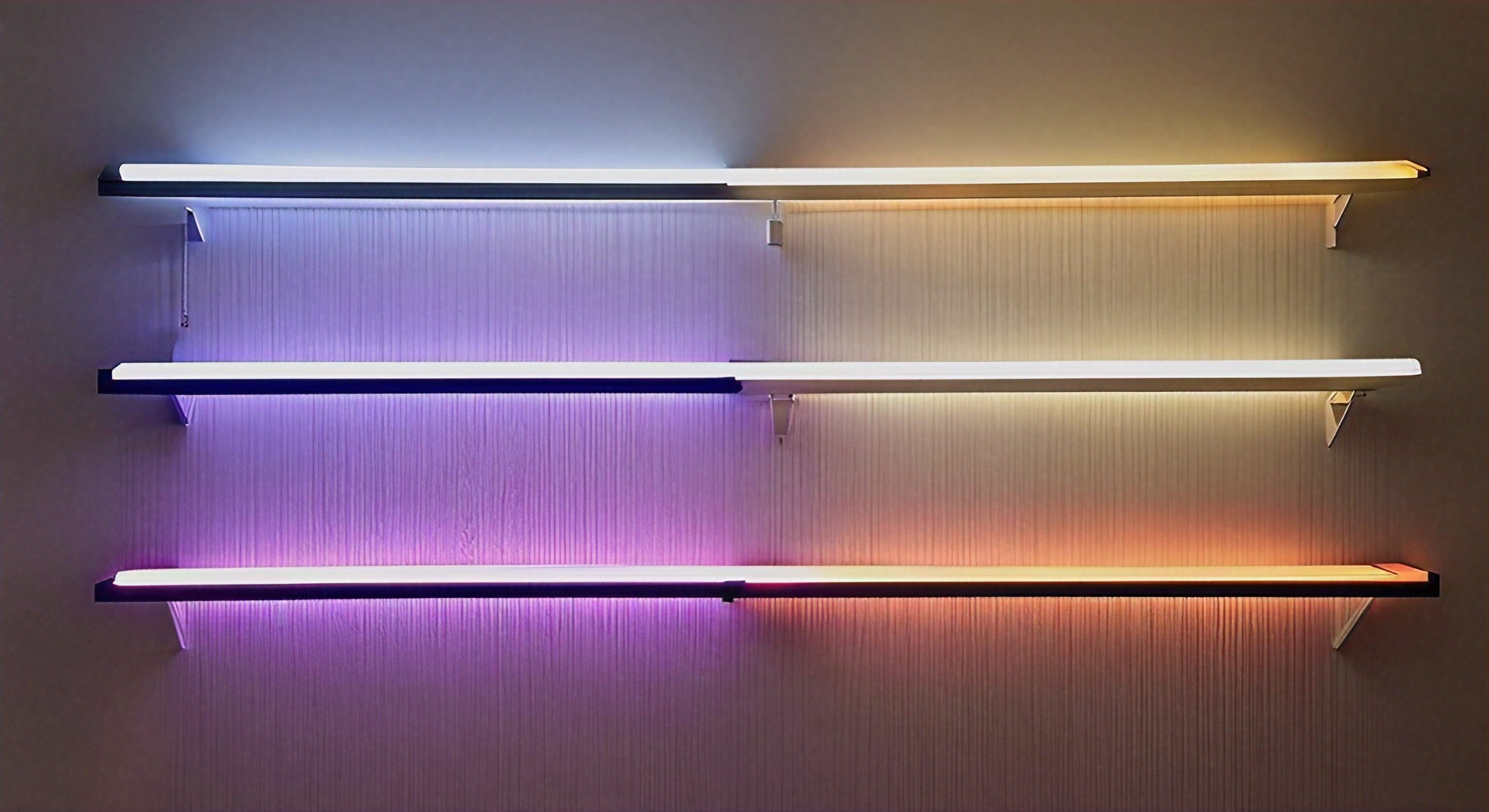Behind the Scenes: How Neon Lights Are Crafted with Precision
Neon lights have long been an iconic symbol of vibrant nightlife and captivating signage. But have you ever wondered how these mesmerizing lights are created? Behind the scenes, a meticulous process takes place, combining artistry, chemistry, and precision engineering.
The Birth of Neon
Neon, a colorless and odorless gas, is the essential element in neon lights. Discovered in 1898 by British chemists, Sir William Ramsay and Morris Travers, neon quickly gained popularity for its unique ability to emit a bright glow when an electric current passes through it.
The process of crafting neon lights starts with glassblowing. Skilled artisans shape and bend glass tubes into various designs and letters, creating a canvas for the vibrant light to shine through.
The Science of Illumination
Once the glass tubes are shaped, they are carefully filled with a small amount of neon gas. When connected to a high-voltage power source, the neon atoms become excited, causing them to emit a characteristic red-orange glow. The intensity of the light can be altered by adding different gases or coatings to the tubes, resulting in a wide range of colors.
The Delicate Art of Tube Bending
Tube bending is a critical step in the neon light crafting process. With precision and expertise, skilled craftsmen heat the glass tubes over an open flame and carefully bend them into intricate shapes. This requires a delicate touch and years of experience to achieve seamless curves and angles.
Each bend is meticulously calculated to ensure the desired design is achieved. Even the smallest miscalculation can result in a distorted or broken tube, making tube bending a true art form that requires both skill and patience.
Electrifying the Neon
Once the glass tubes are shaped and bent, they are connected to electrodes at each end. These electrodes serve as the entry and exit points for the electric current. When the power is turned on, electrons flow through the neon gas, colliding with the neon atoms, and producing the mesmerizing glow that we associate with neon lights.
Protecting the Neon Art
To ensure longevity and protection, a final step involves coating the neon tubes with a clear, durable material. This coating shields the fragile glass from external elements, such as moisture and dust, while enhancing the brightness and color of the neon light.
Now that you know the intricate process behind crafting neon lights, the next time you see these luminous creations illuminating the night, you can appreciate the skill, science, and artistry that goes into bringing them to life.



Leave a comment
This site is protected by hCaptcha and the hCaptcha Privacy Policy and Terms of Service apply.